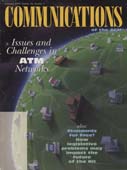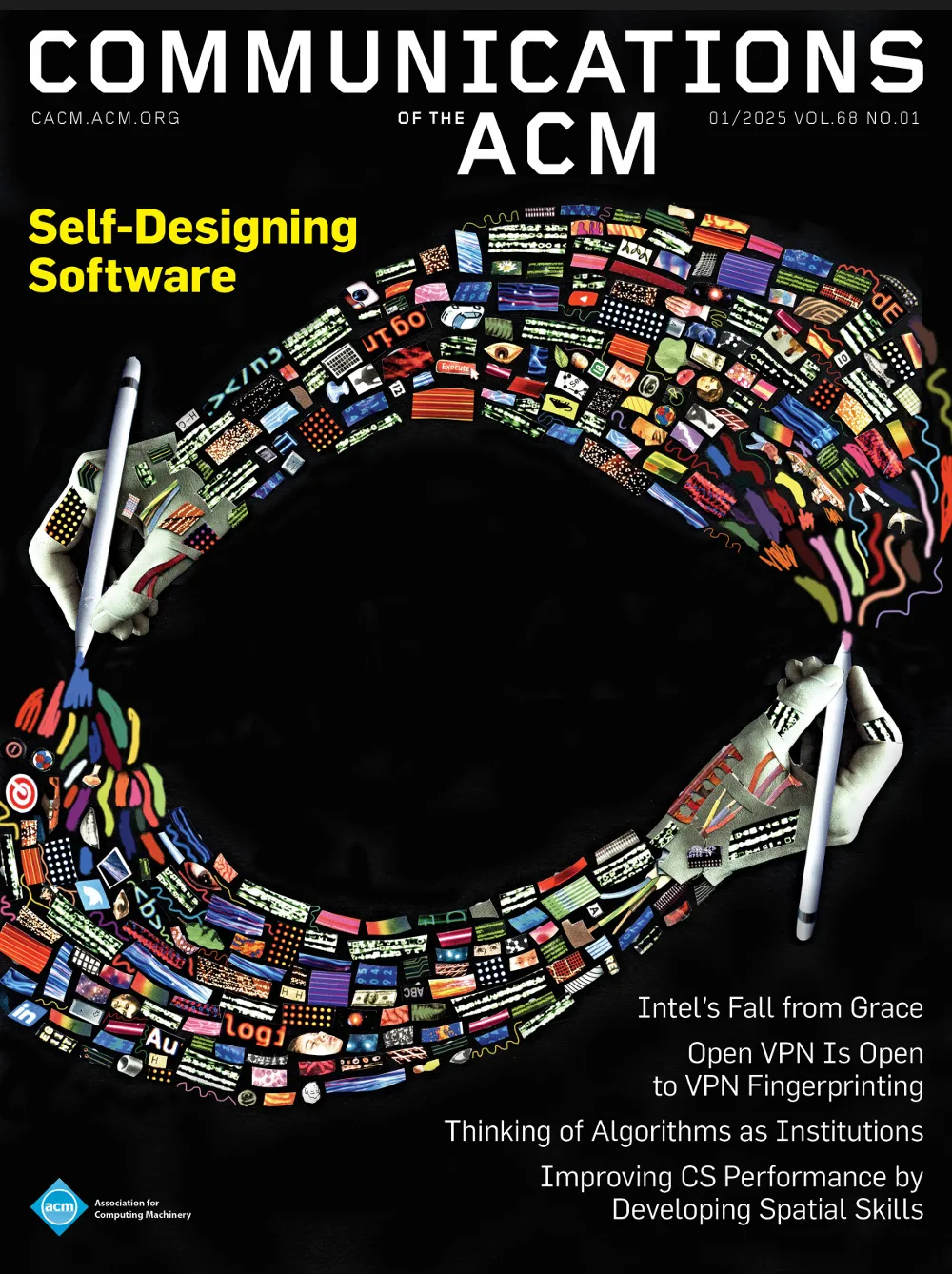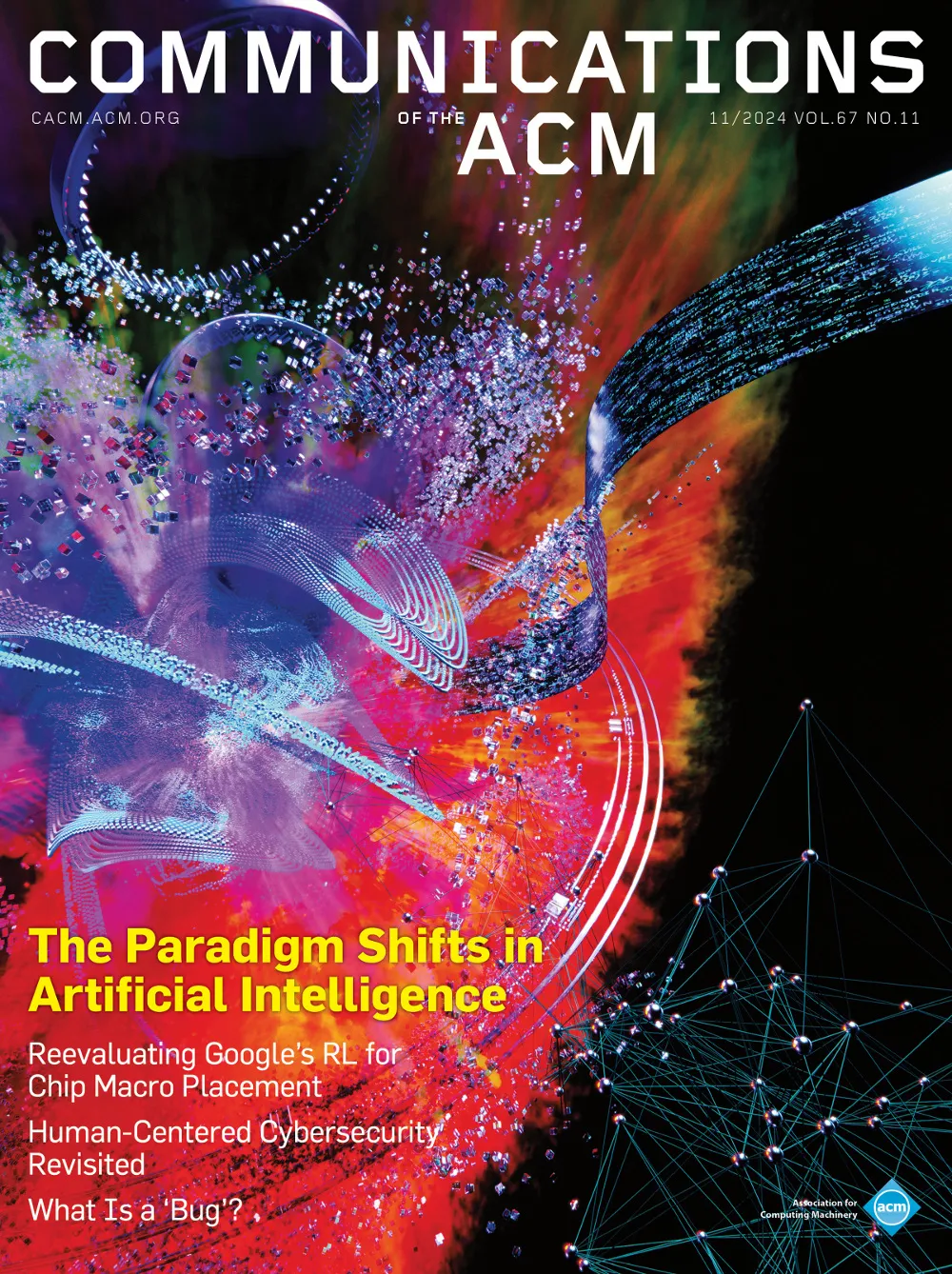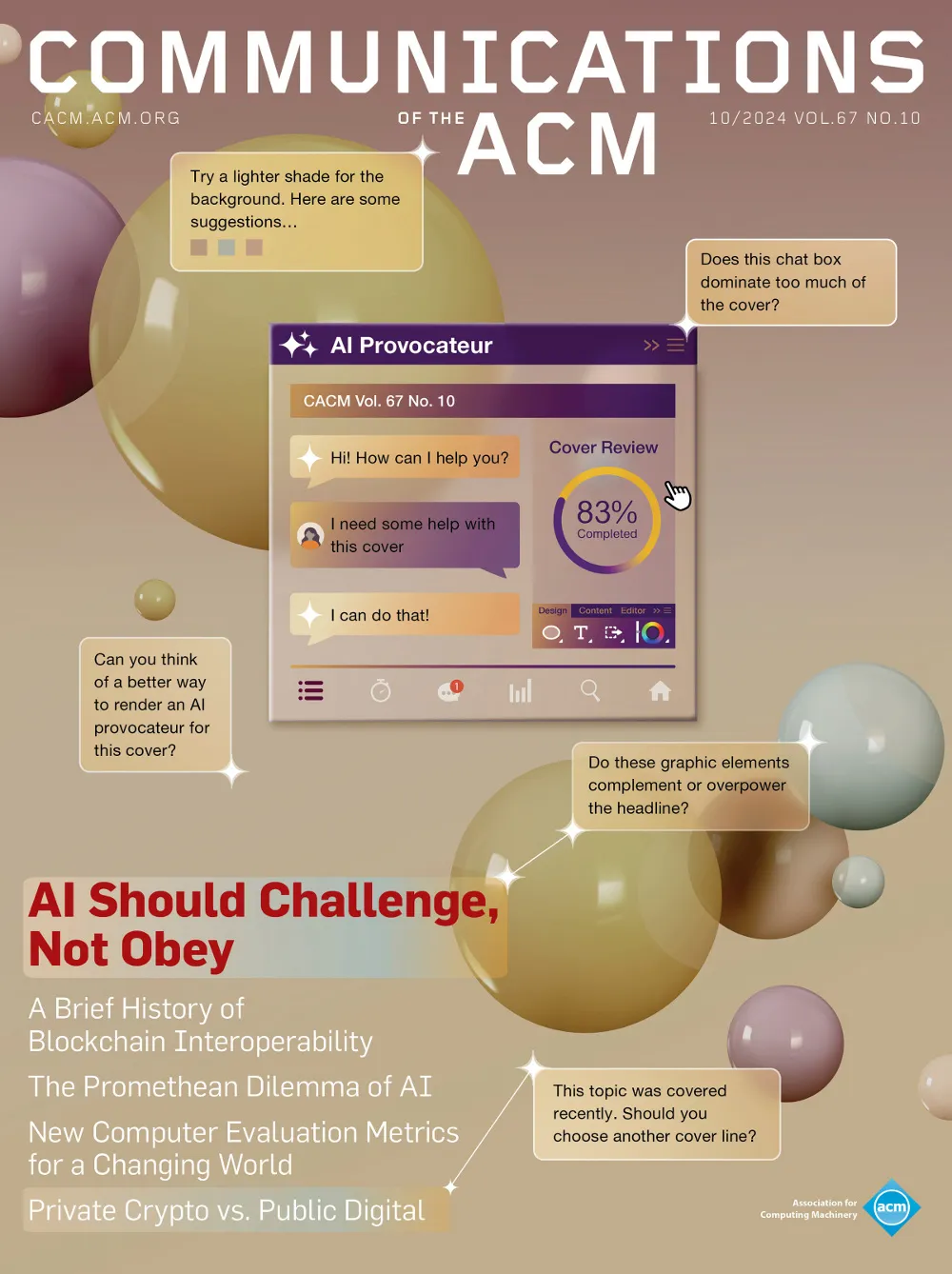February 1995 - Vol. 38 No. 2

Features
Reforming telecommunications law
The heroic effort to rewrite the nation's 60-year-old telecommunications law failed in September when Sen. Fritz Hollings (D-S.C.), chair of the Senate Commerce Committee, gave up trying to bring his vehicle for reform, Bill S-1822, to the floor for a vote before adjournment.
Why do some standards development organizations (SDOs) provide standards for free and others charge significant amounts of money for them? The fees from the sale of standards and the stringent policies on sharing copies of standards may decrease the number of people who access these documents and may thus reduce the impact of the standards.
ATM concepts, architectures, and protocols
Asynchronous transfer mode (ATM) is often described as the future computer networking paradigm that will bring high-speed communications to the desktop. What is ATM? How is it different from today's networking technologies? This article is intended to acquaint readers with this emerging technology and describe some of the concepts embodied within it. In order to understand why ATM was created and how it works, we first need to review a bit of computer networking history.
ATM network: goals and challenges
Asynchronous transfer mode (ATM) can provide both circuit and packet-switching services with the same protocol, and this integration of circuit and packet-switching services can be beneficial in many ways. Four major benefits of the ATM technique are considered here: scalability, statistical multiplexing, traffic integration, and network simplicity. In the course of achieving those benefits, ATM makes compromises. In this article we assess the benefits and ensuing penalties of these compromises and put them into perspective.
Secure communications in ATM networks
High-speed networking technology and standards have progressed dramatically in the past few years and much attention is now focused on deployment efforts, such as the North Carolina Information Highway (NCIH) [7], and applications. With this shift in emphasis, concerns have been raised about information security. Examples of abuse of the Internet abound and unfortunately ATM networks are subject to many of these same abuses. This is of subtanstial concern when thinking about extending the reach of public data networking to broad segments of society.
Building future medical education environments over ATM networks
The educational requirements of our society are changing. It is no longer sufficient to obtain an education at a single point in time and be done; rather, education must be a lifelong process to allow people, particularly those in technical diciplines, to keep up with their constantly changing fields. This is especially true with medical education, as exemplified by the continued training of radiology residents. It has been difficult to provide this training to physicians and other health care practitioners who are spread over a wide geographical area and who cannot travel away from their communities for lenghty training sessions. To meet the needs of this expanding base of students, it is necessary to go beyond the traditional campus setting and bring education to the students.
Asynchronous transfer mode (ATM) networks are aimed at supporting a variety of services, including voice, video and data, while allowing the users to efficiently share network resources. Efficiency and flexibility in managing the resources are essential to meet the different quality requirements of these services. Network resources include trunk bandwidth, switching capacity, and buffer space in the ATM cross-connects. Sharing these resources is a complex task, since different applications have different traffic characteristic and quality of service (QOS) requirements. For example, video is characterized by continuous bit rate (CBR) or variable bit rate (VBR) traffic, while voice and data are bursty in nature. The quality requirements also depend on the type of service under considerations—some services, like video and voice, have strict end-to-end delay requirements, whereas others may be carried on a best-effort basis.
Inside risks: Computers as substitute soldiers?
Technological edge has been sought throughout military history, and today's versions of the longer lance are the computerized, integrated systems that reach pervasively into enemy space. They are intended to provide efficiencies in information gathering, processing, and disseminating so that a minimal number of humans can prevail against an enemy. The 1991 Gulf War encouraged belief in the power of electronics to defeat numerically large enemies with small friendly losses. The allies used the magic of complex electronics to pound away at an Iraqi army of over a half-million soldiers. A vision was seemingly confirmed: that those with the best computer systems will win by seeing furthest, targeting best, moving quickest, and blasting most precisely.



